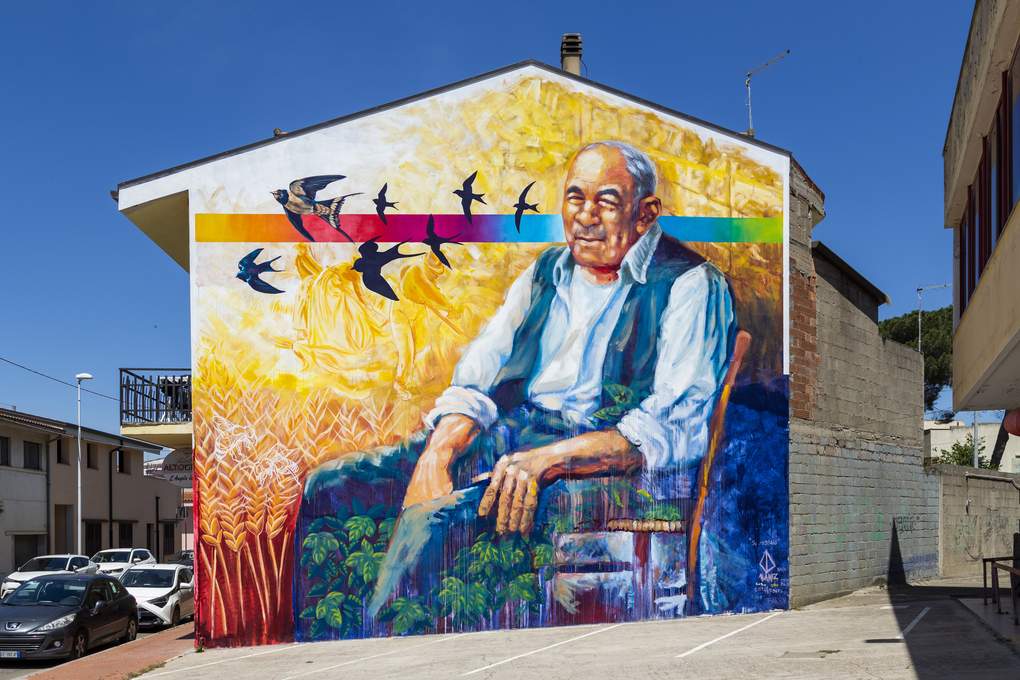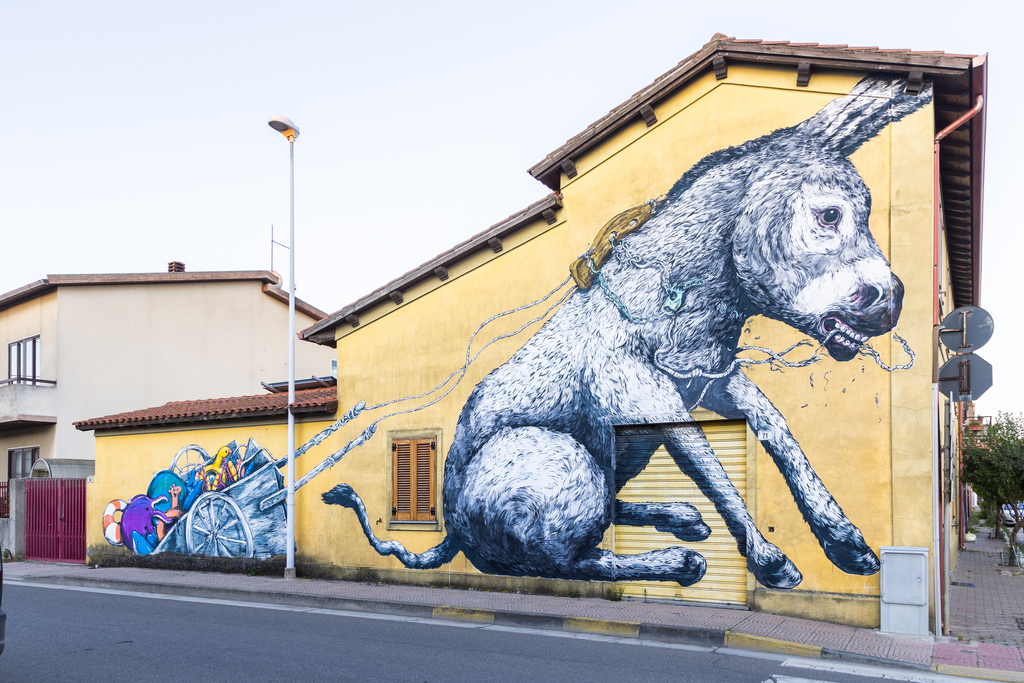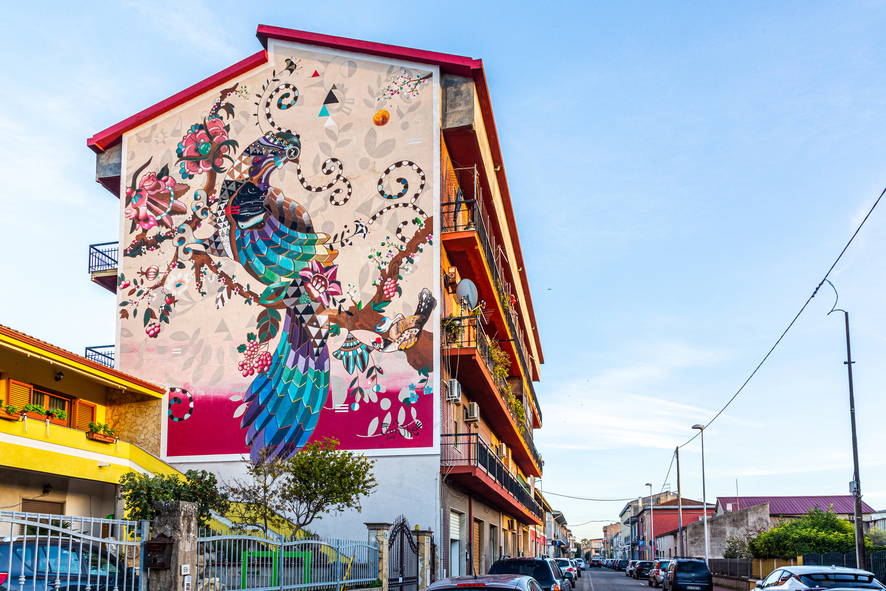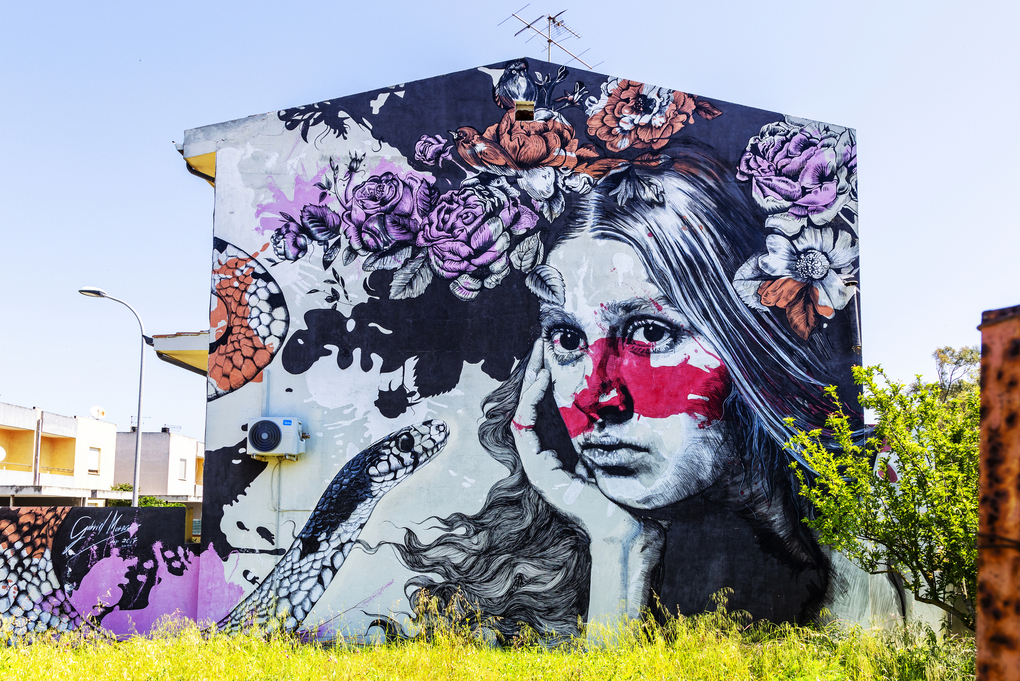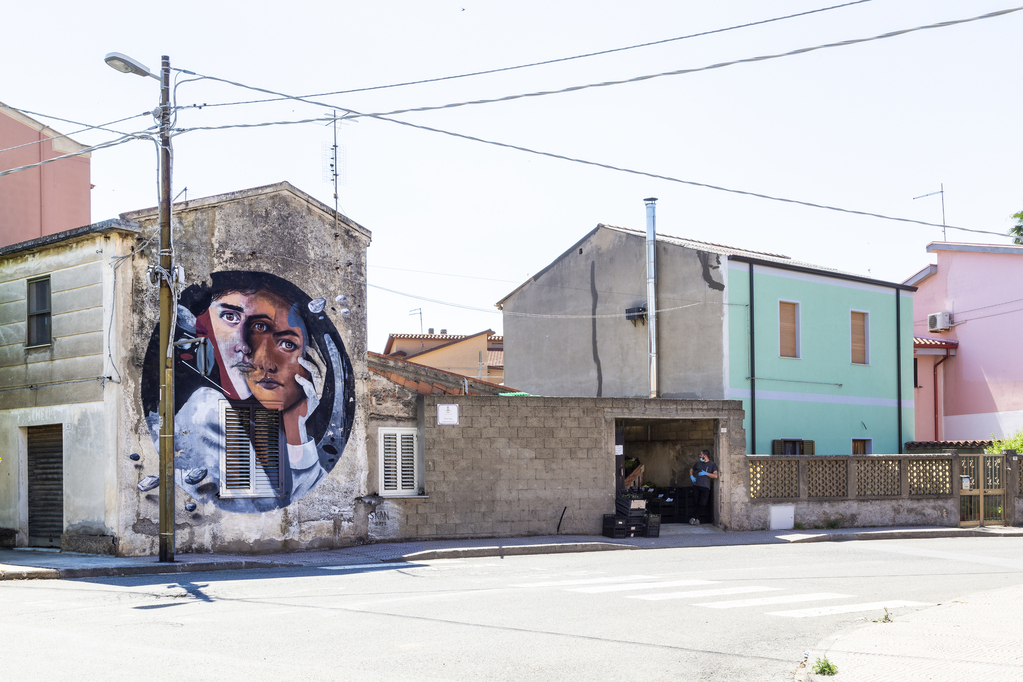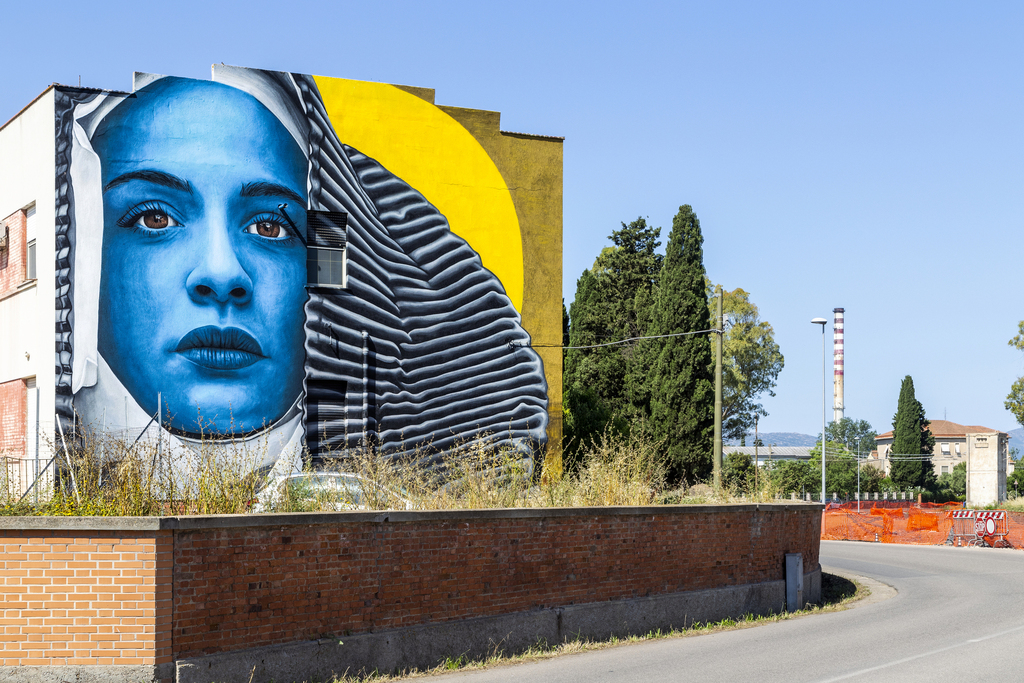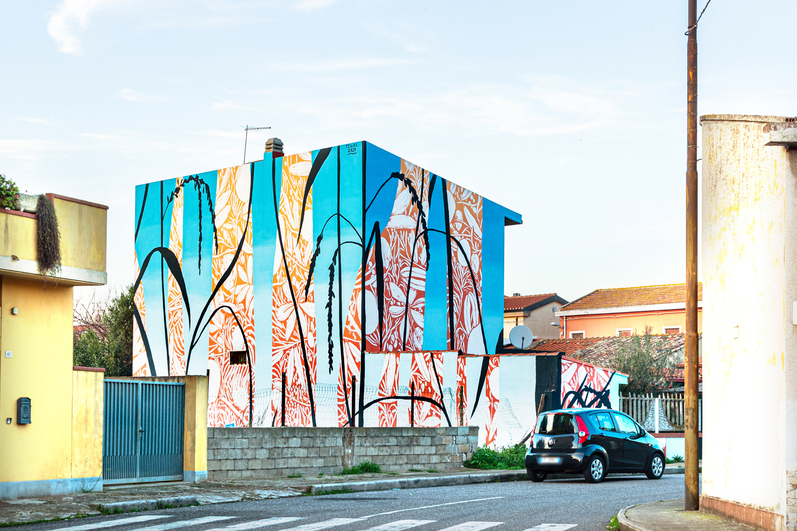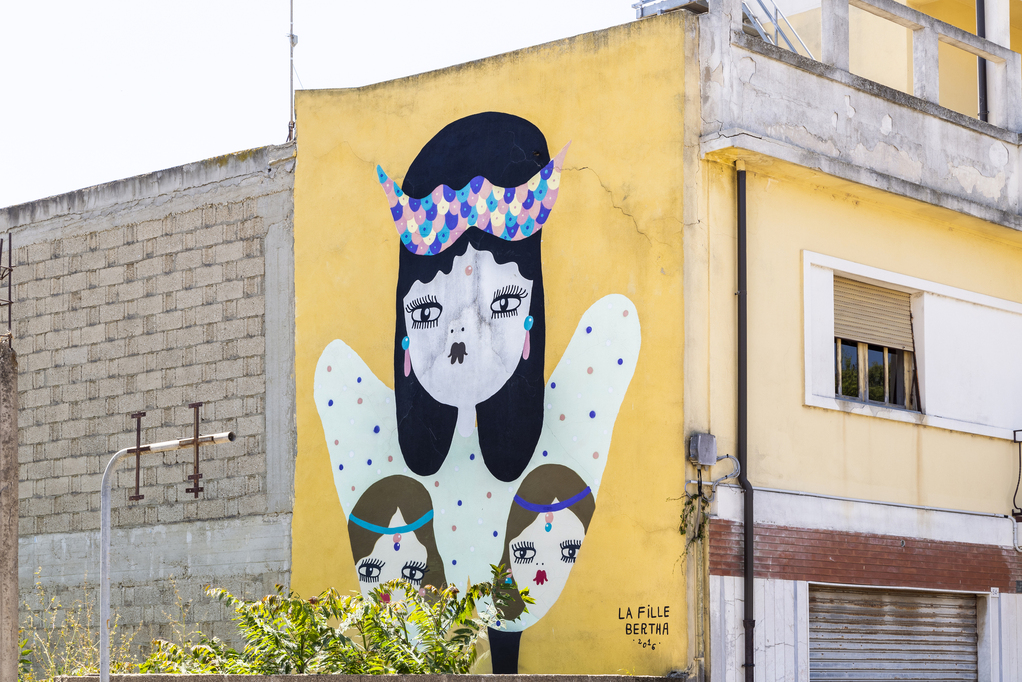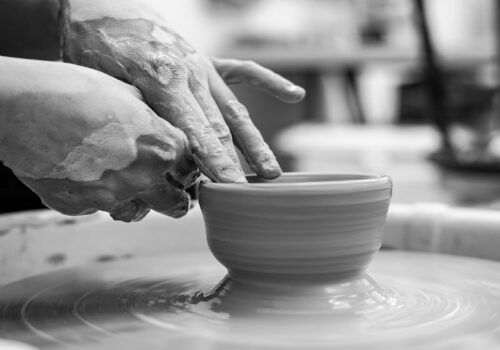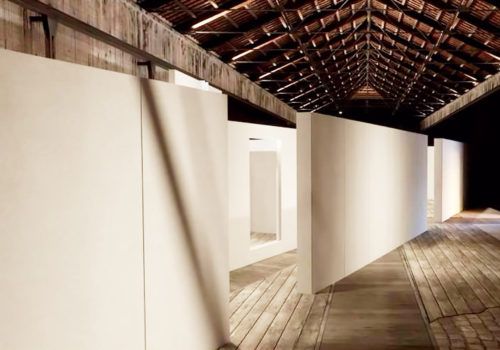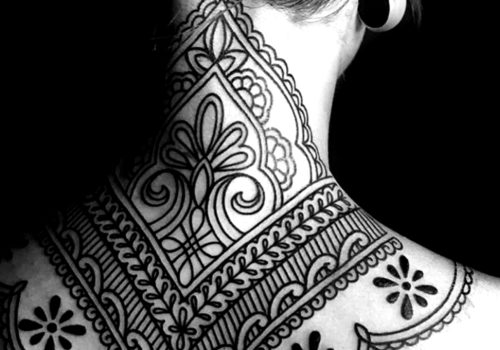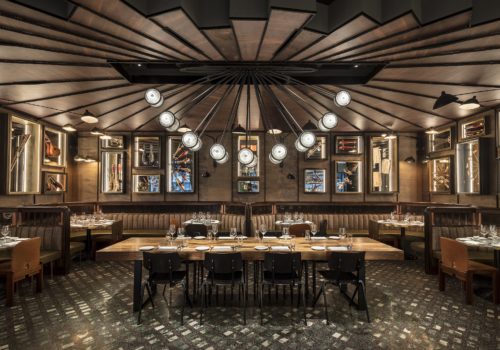The small town in the Medio Campidano area has reinvented the language of social realism with contemporary creativity
Sardinian muralism as a language of regeneration, more that urban, human. A strike at depopulation with the colours of artistic expression. The first person to reveal the murals of this island to the world was the Italian-Argentinian photographer Pablo Volta, who moved from Paris where he worked for Rai television to San Sperate, in southern Sardinia, attracted by the genius of the sculptor of the sounding stones Pinuccio Sciola.
The first to usually be associated with the term Sardinian muralism is the city of Orgosolo, located in the mountainous area of Barbagia in the heart of the island, where the painter Francesco Del Casino from Siena created works that borrowed the Cubist style and the expressive codes of Mexican muralists from the 1920s. A precursor may however be found in the town of San Sperate. In Sardinia today, many new towns are asking artists to capture their stories and customs, as well as their battles, on the walls.
San Sperate first, then Orgosolo, now San Gavino Monreale. But with something very new. In fact, the town of little more than 8 thousand inhabitants on the plain of Campidano, which still preserves traditional buildings made of raw earth (mud), has successfully reinterpreted the language of social realism and fused it with the signs of contemporary street art.
One of the last drawings on the wall is by Manu Invisibile, the masked artist known for his work in degraded urban contexts, along toll highways and on overpasses, but there are many names and they come from around the world.
The outdoor collection grew from the bottom up and it is all associated with the Skizzo cultural association which has considered how revitalisation can be driven by art.
Art to build new thinking about places without erasing the material and intellectual resources destined to produce culture, but on the contrary reinforcing them by involving young artists and the elderly inhabitants of the town. An intergenerational process filled with memory, experience, resilience.
«The spark was ignited by a negative event: the death of a dear friend of ours in 2013, Simone Farci, but it was leveraged by a positive note: San Gavino was the birthplace of Giorgio Casu, artist and mentor. A contemporary Sardinian artist with an international vision, based in New York», explains Riccardo Pinna, founder and former president of the association. His works on canvas were sold around the world and the brightly coloured large scale murals may be found in the most disparate of locations in Mexico, the United States (in Miami, New York and Los Angeles), in Costa Rica, Serbia, India and Australia. «San Gavino can be a space for dialogue without conformism thanks to the strength of a community which looks to contemporary art. Crisa, Tellas, Casciu, Zed1, Ericailcane, Spaik and Gabriel Moreno have all come here, to name just a few.
The operation involved many cultural associations and spread to other towns on the island, Macomer, Cagliari, Tinnura, a museum town which Pina Monne, an eclectic artist and established mural and ceramic artist, made her home. The town has been the setting for important artistic gatherings and experimentations», explains Pinna.
It’s clear that San Gavino, which has a 20% unemployment rate, has not solved its chronic job shortage issues, but the geometric pattern that unites the traditional Sardinian carpets with avantgarde forms, and with the bizarre colours and the highly diverse styles of the murals that appear everywhere, has given the people who live in these streets, in homes with large sunny courtyards, a new way of understanding their future.
On the cover: Claudia Filigheddu, Tèssere
© ALL RIGHTS RESERVED



